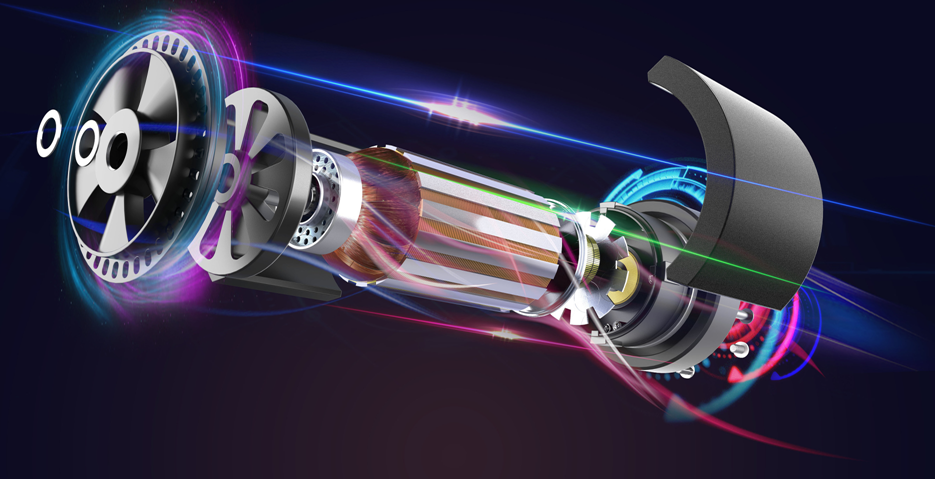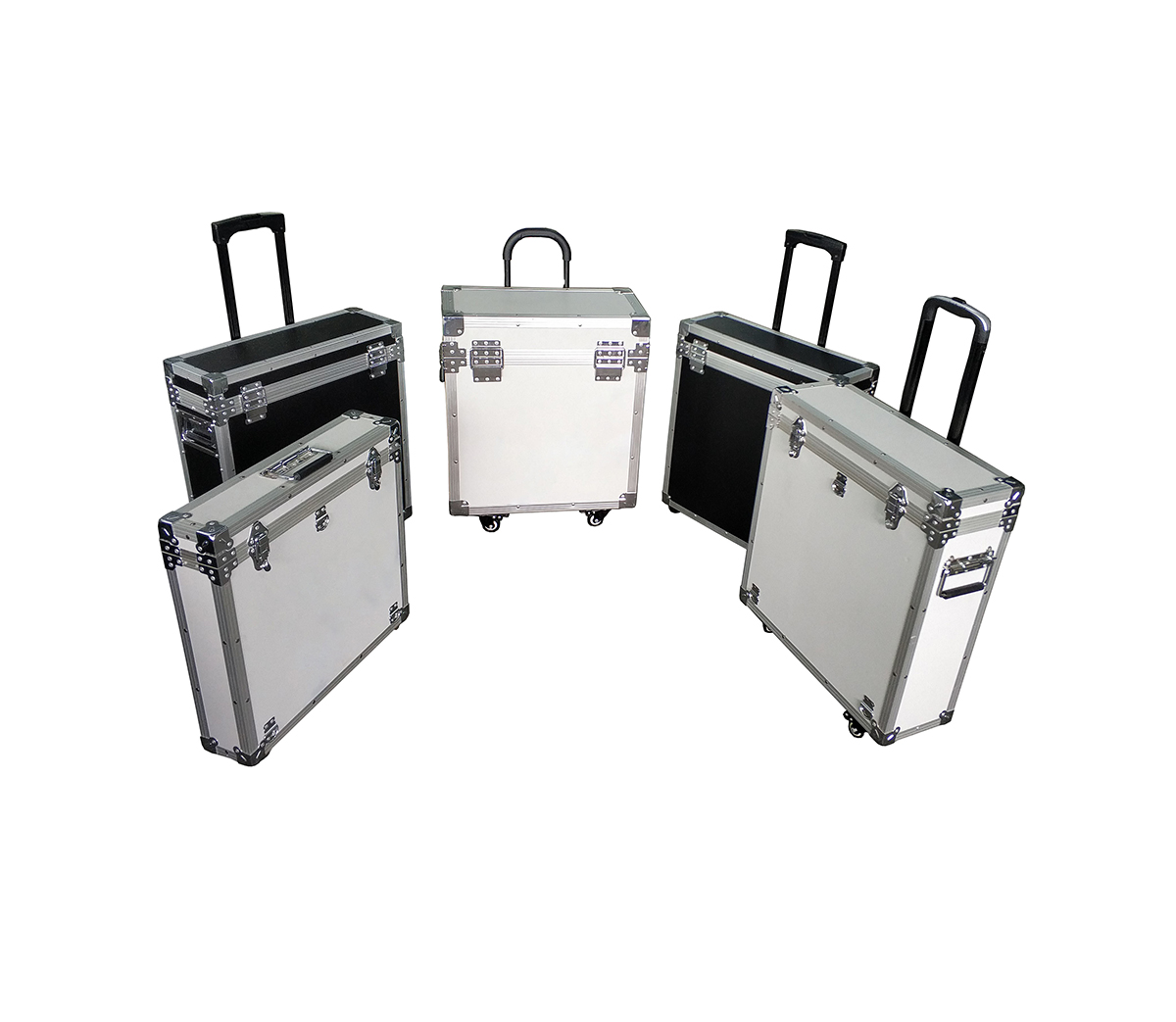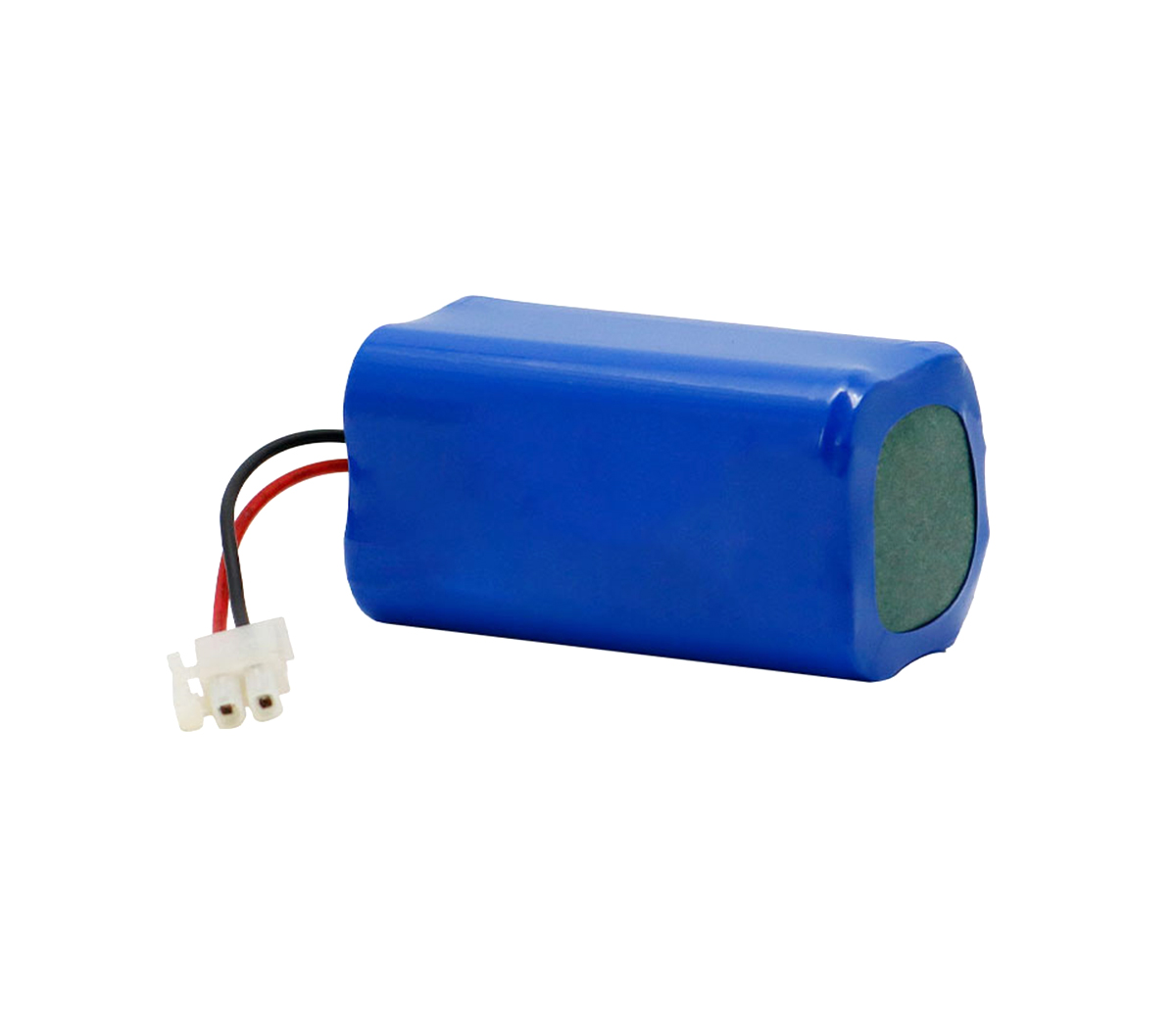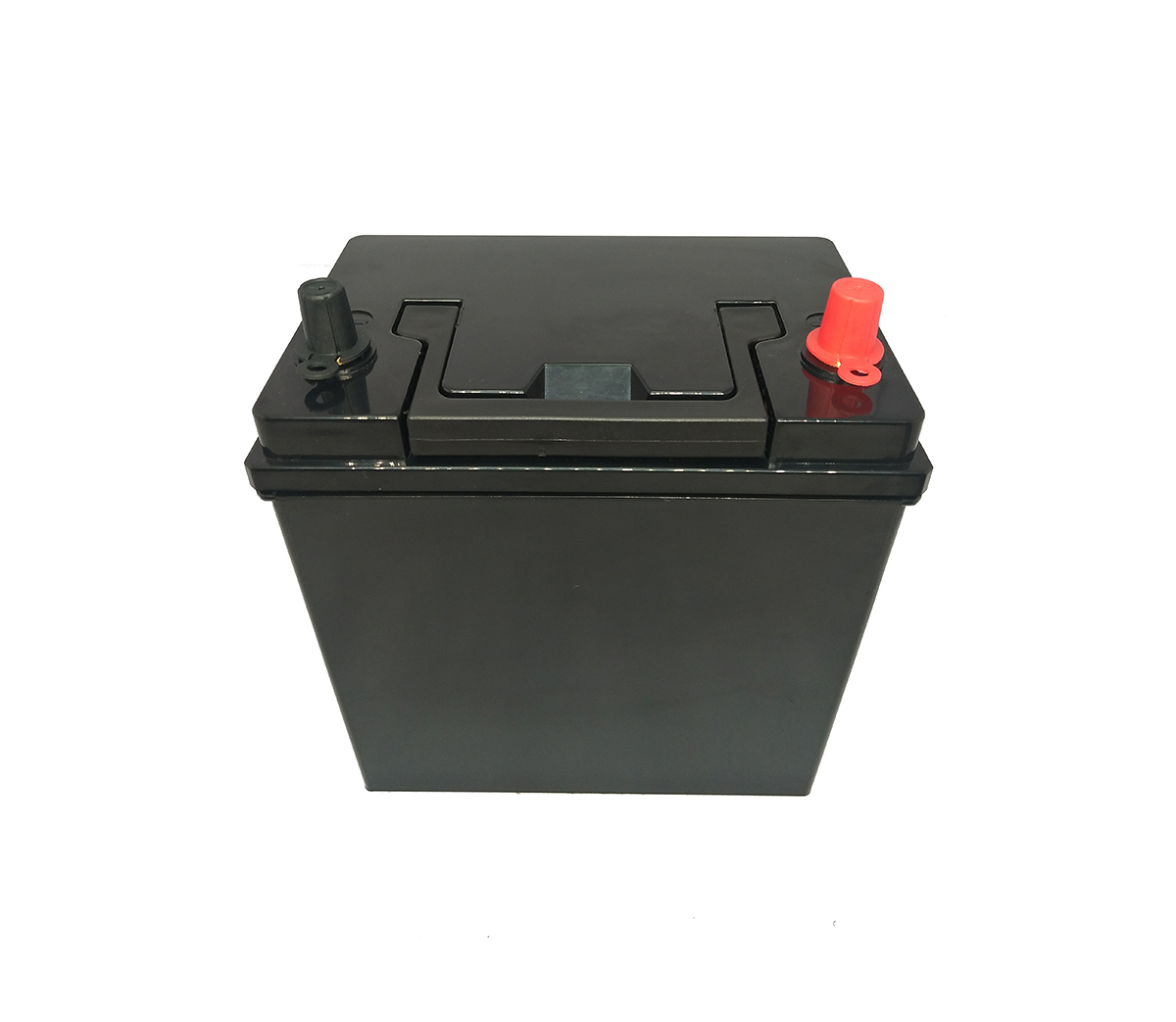The basic content needed to select the correct motor model are: the type of
load being driven, the rated power, the rated voltage, and the rated speed.

1. Rated power
The rated power of the motor refers to the output power, that is, the shaft
power, also called the capacity. It is the most important index to quantify the
motor's drag load capacity, and it is also the parameter requirement that must
be considered when the motor is selected.
The power of the motor should be determined in the most economical and
reasonable manner on the premise that the motor can meet the requirements of the
production mechanical load. If the power is selected too large, the equipment
investment will increase, resulting in waste, and the motor often runs under
load, and the efficiency and power factor of the AC motor are low; on the
contrary, if the power is selected too small, the motor will run with overload,
causing the motor to run prematurely damage.
2. The type of load driven
Motors can be simply divided into DC motors and AC motors, and AC is
further divided into synchronous motors and asynchronous motors.
The principle of selecting a motor is that on the premise that the
performance of the motor meets the requirements of the production machinery, the
motor with simple structure, low price, reliable work and convenient maintenance
is preferred. In this respect, AC motors are superior to DC motors, AC
asynchronous motors are superior to AC synchronous motors, and squirrel cage
asynchronous motors are superior to winding asynchronous motors.
For production machinery with stable load and no special requirements for
starting and braking, ordinary squirrel-cage asynchronous motors should be
preferred, which are widely used in machinery, water pumps, fans, etc.
Starting and braking are more frequent, and production machinery that
requires larger starting and braking torques, such as bridge cranes, mine
hoists, air compressors, and irreversible rolling mills, should use wound
asynchronous motors.
Where there is no requirement for speed regulation, a constant speed or
improvement of power factor is required, synchronous motors should be used, such
as medium and large-capacity water pumps, air compressors, hoists, mills,
etc.
The speed regulation range is required to be above 1:3, and the production
machinery that needs continuous, stable and smooth speed regulation should adopt
a separately excited DC motor or a squirrel cage asynchronous motor or
synchronous motor with frequency conversion speed regulation, such as large
precision machine tools, planers, Rolling mills, hoists, etc.
The production machinery that requires large starting torque and soft
mechanical characteristics uses series-excited or compound-excited DC motors,
such as trams, electric locomotives, and heavy-duty cranes.
3. Rated voltage
The rated voltage of the motor refers to the line voltage in the rated
working mode.
The selection of AC motor voltage level mainly depends on the power supply
voltage level of the place where it is used. Generally, the low voltage network
is 380V, so the rated voltage is 380V (Y or △ connection), 220/380V (△/Y
connection), 380/660V (△/Y connection).
The rated voltages of DC motors are generally 110V, 220V and 440V. Among
them, 220V is a common voltage level, and high-power motors can be increased to
600~1000V.
4. Rated speed
The rated speed of the motor refers to the speed in the rated working
mode.
The motor and the working machine dragged by it have their own rated speed.
It should be noted that the speed should not be too low, because the lower the
rated speed of the motor, the more the number of stages, the larger the volume
and the higher the price. At the same time, the speed should not be too high,
because this will make the transmission mechanism too complicated and difficult
to maintain.
The rotor of the motor will vibrate during operation, and the amplitude
reaches the maximum at a certain speed, which is commonly referred to as
resonance. The speed with the largest amplitude of the rotor is called the
critical speed of the rotor.
When the rotor is running at a critical speed, severe vibration will occur,
and the curvature of the shaft will increase significantly. Long-term operation
will also cause severe bending and deformation of the shaft, or even breakage.
This effect should be considered when determining the speed parameters to avoid
long-term use of the motor in the critical speed range.
Generally speaking, the motor can be roughly determined by providing the
type of load driven, the rated power of the motor, the rated voltage, and the
rated speed. But if the load requirements are to be optimally met, these basic
parameters are far from enough. The parameters that need to be provided include:
frequency, operating system, overload requirements, insulation level, protection
level, moment of inertia, load resistance torque curve, installation method,
ambient temperature, altitude, outdoor requirements, etc., according to specific
conditions.

Lithium-ion battery (LIB) has become the main energy storage solution in
modern social life. Among them, lithium iron phosphate batteries are a perfect
replacement for lead-acid batteries, and they are the first choice for
grid-connected peak shaving, off-grid energy storage, photovoltaic energy
storage, UPS, data center and other industries.
The motor system is matched with a high-rate performance lithium battery
system, which is a very promising way to use it.




































